At Bella Luna Toys, we’re always on the lookout for toys that are not only thoughtfully made, but also meaningful in how they support a child’s growth and understanding of the world around them. That’s why we’re so excited to welcome Miniland Dolls to our collection of dolls. These realistic dolls embody so many of the values we hold dear; hands-on learning, inclusivity, and purposeful play.
But we are not the only ones that feel this way! Today on the blog, Montessori teacher Noel Romeo, shares how she uses realistic Montessori dolls in her classroom, how they have become a beloved part of her teaching, and how these realistic dolls align so closely with the Montessori philosophy. From social-emotional development to fostering empathy and inclusion, read on to learn how these dolls offer so much more than play.

Realistic Dolls in the Montessori Classroom
As a Montessori teacher, I approach my classroom with a discerning eye, carefully selecting each item to ensure it aligns with the developmental needs and interests of my students. Each piece of material is not merely an object, it is an extension of the education I offer, enriching the learning environment and fostering holistic development. One such item that I have integrated into my classroom is the Miniland Doll, which exemplifies the principles of Montessori education and resonates deeply with Maria Montessori's philosophy. Maria Montessori emphasized the importance of hands-on learning and the value of materials that promote self-directed exploration. These realistic dolls, with their diverse representations of children from various cultures, align perfectly with this ethos. They not only support imaginative play but also serve as tools for social and emotional development.

How Realistic Dolls Help Children Learn
In a Montessori setting, children learn best through experiential activities, and realistic dolls provide them with opportunities to engage in role-playing, storytelling, and collaborative play. The value of a lifelike doll extends beyond simple play, it encourages children to explore themes of identity, empathy, and inclusion. Maria Montessori believed that education should nurture the whole child, intellectually, emotionally, and socially. The diverse representation within the Miniland Doll collection allows children to see themselves and others in the dolls, fostering a sense of belonging and appreciation for diversity. This aligns with Montessori's view that education is not just about academic achievement but also about developing compassionate and socially aware individuals.

How Realistic Dolls Help Children Develop Important Developmental Skills
The tactile nature of realistic dolls invites children to interact with them in meaningful ways. As they dress, undress, and care for the dolls, they develop fine motor skills and hand-eye coordination, essential components of their physical development. The dolls can also be integrated into various lessons, from discussions about family structures to lessons on cultural traditions, thereby enhancing the curriculum and making learning more relevant and engaging.
My commitment to curating a purposeful and enriching classroom environment is exemplified by the inclusion of Miniland Dolls. They embody the Montessori principles of hands-on learning, social awareness, and emotional growth. By integrating such materials into my classroom, I strive to create a space where each child can explore, learn, and grow in a way that resonates with their unique experiences and identities, ultimately preparing them to thrive in a diverse world.






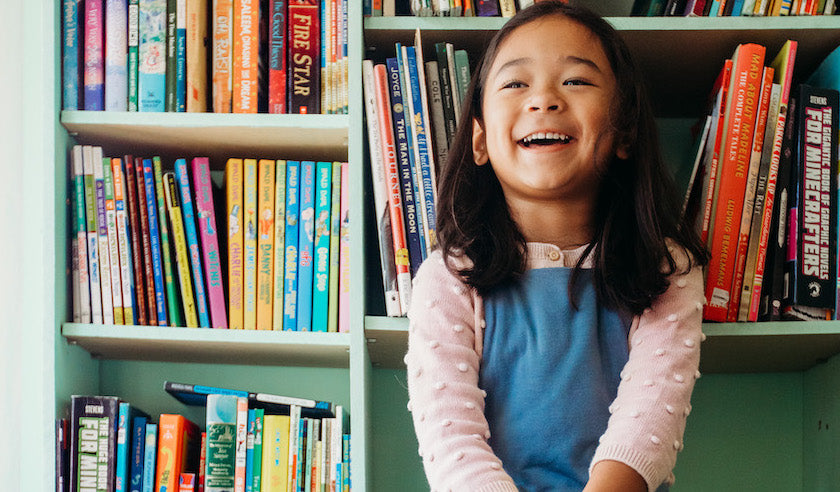

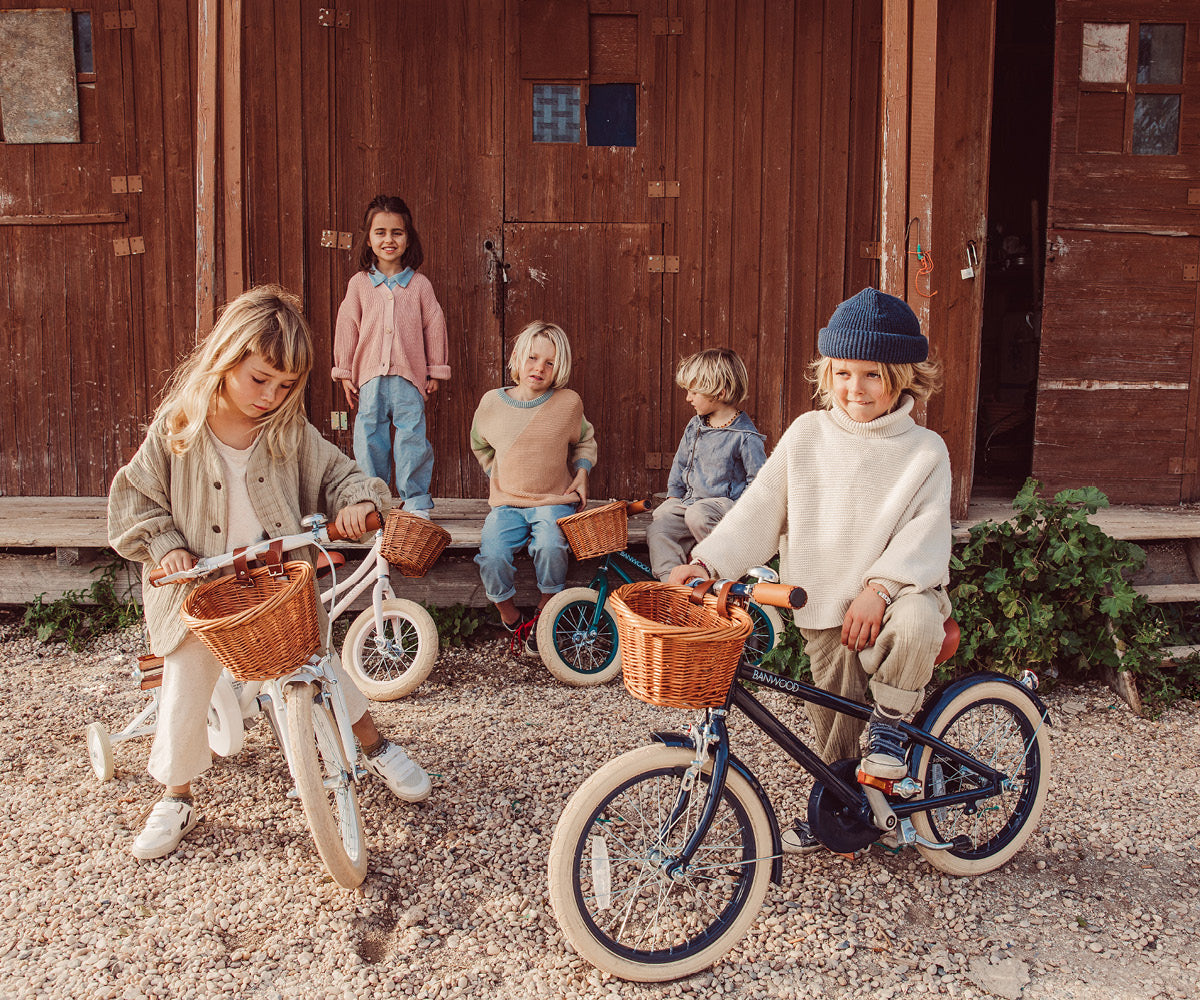









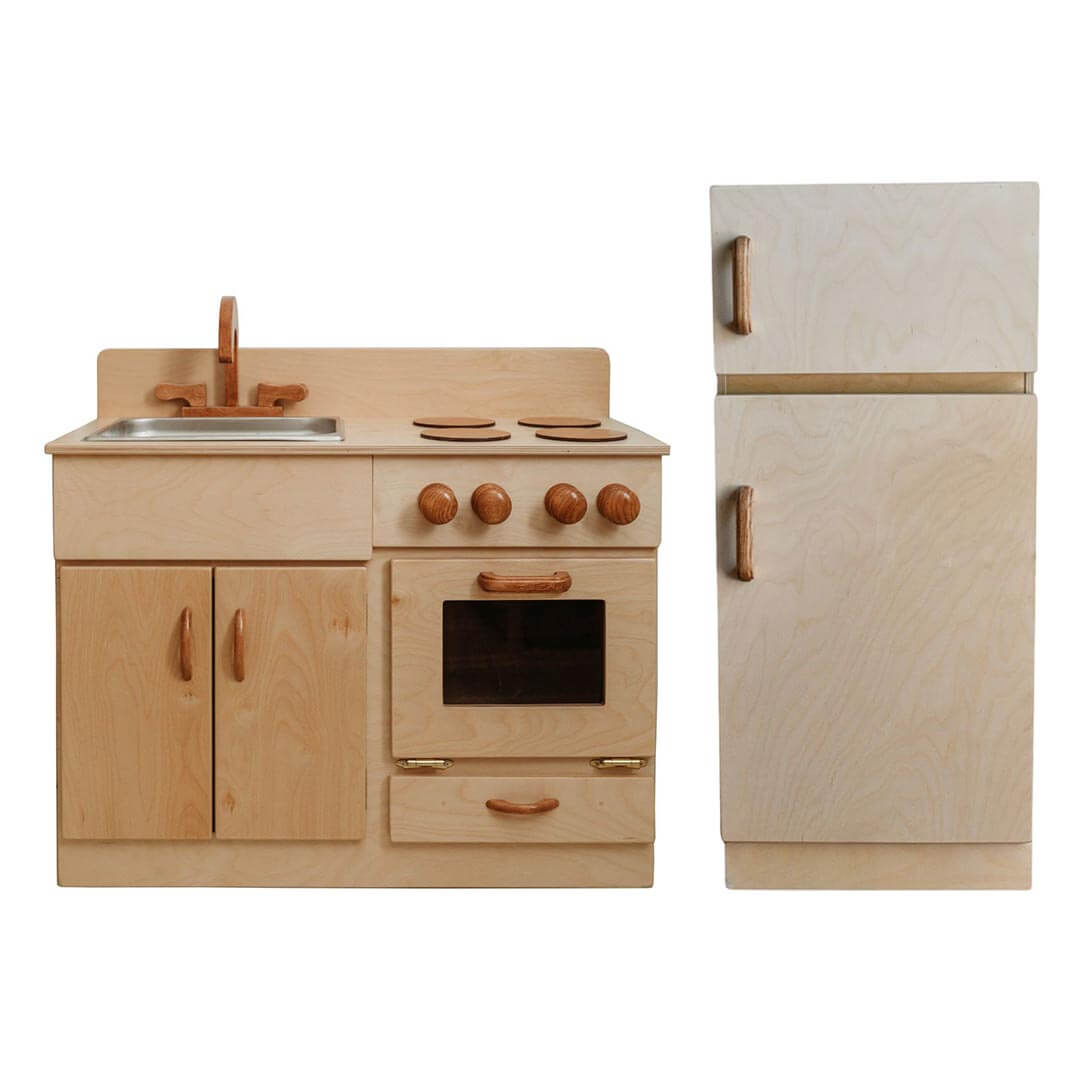

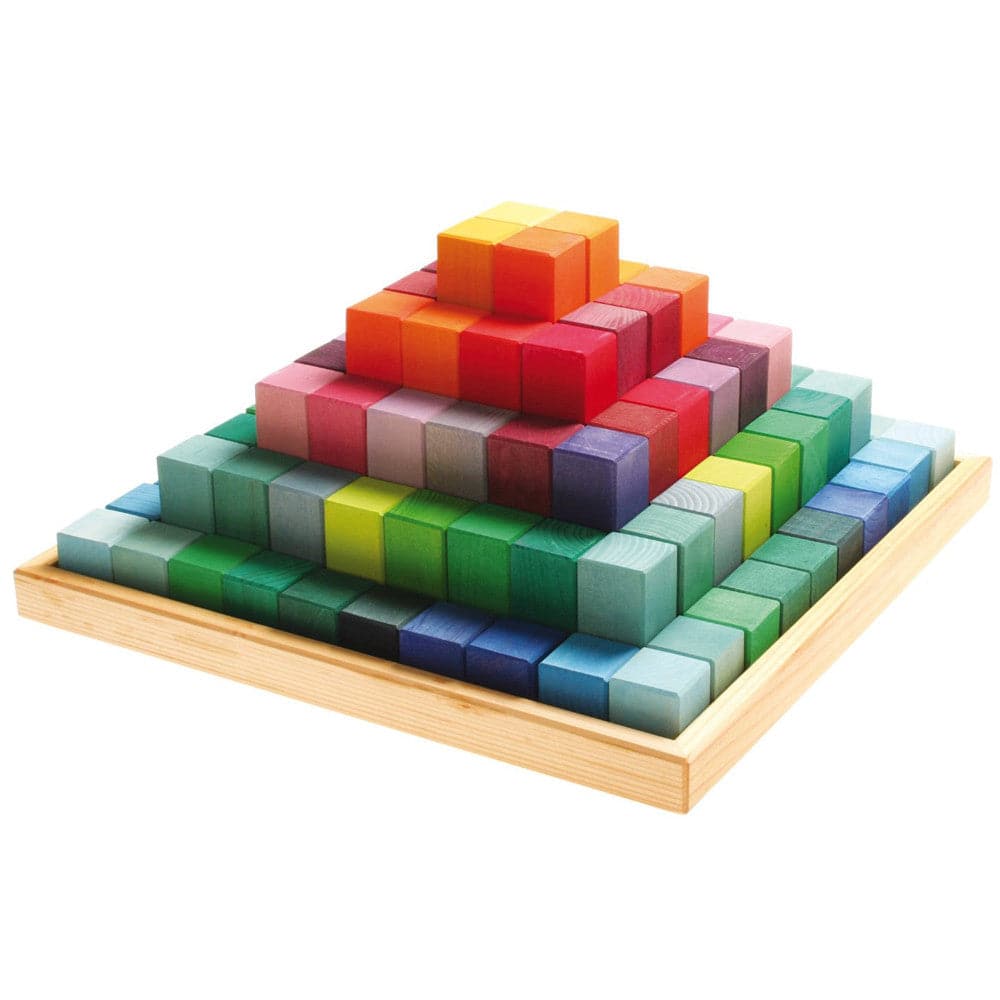

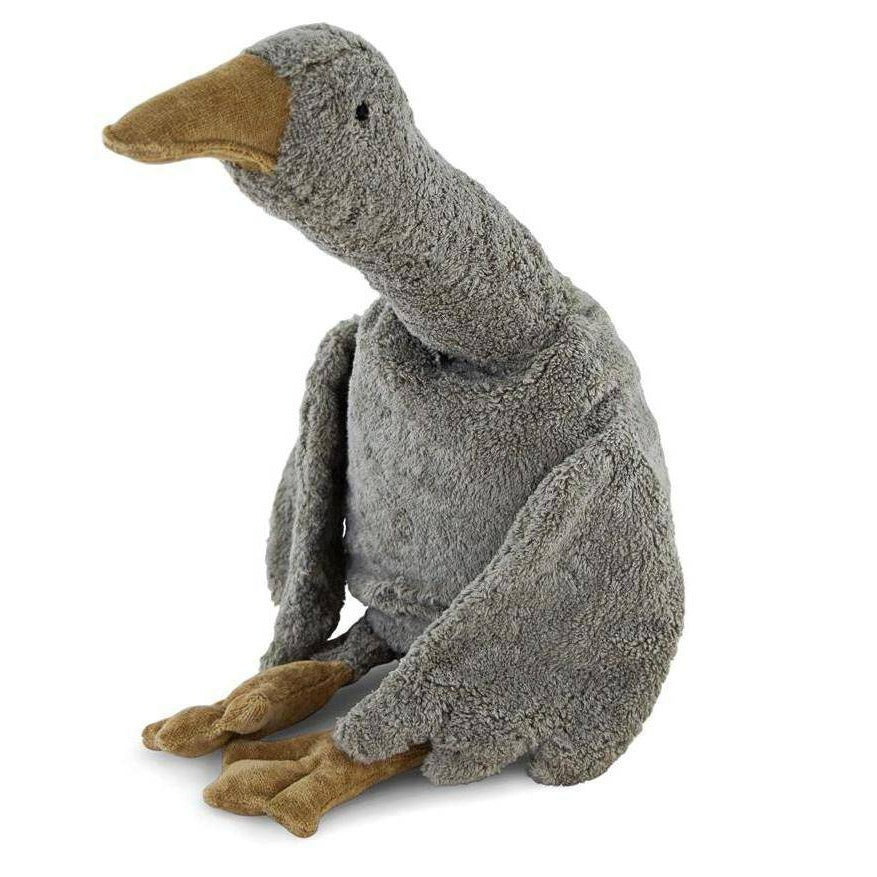
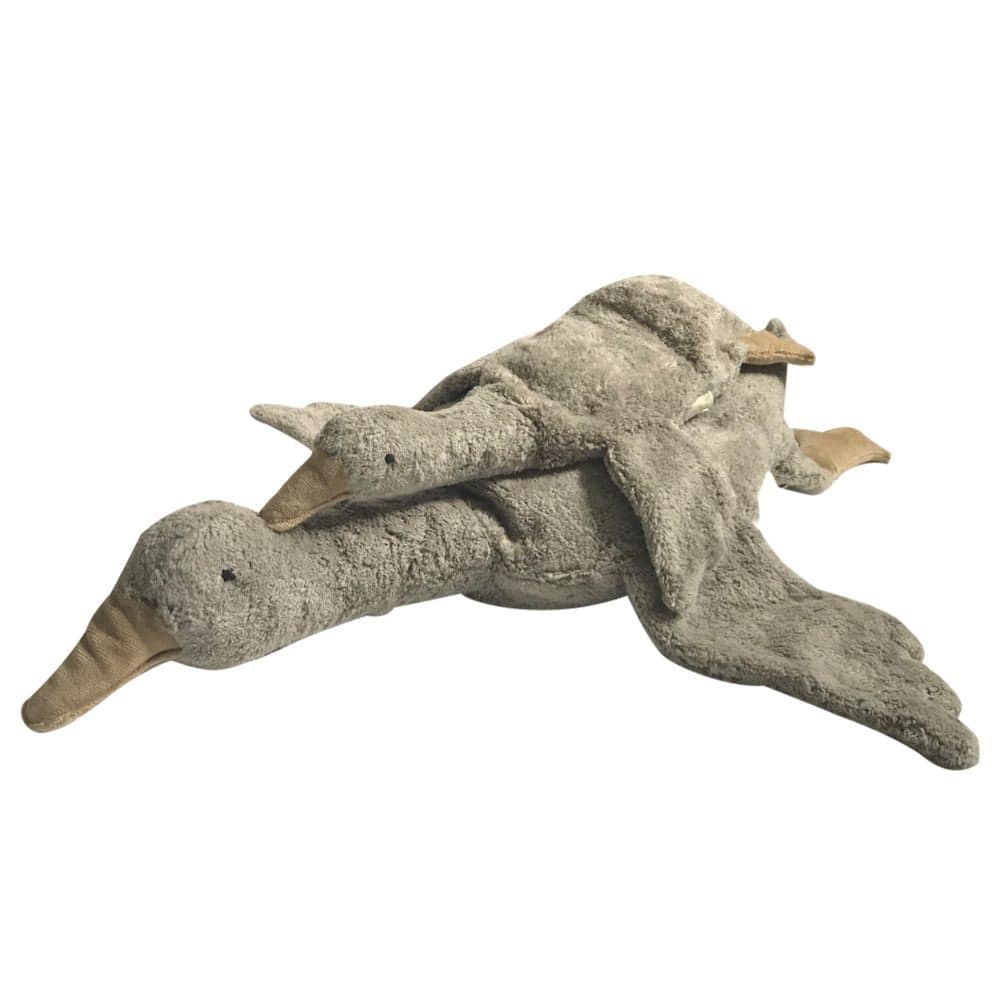


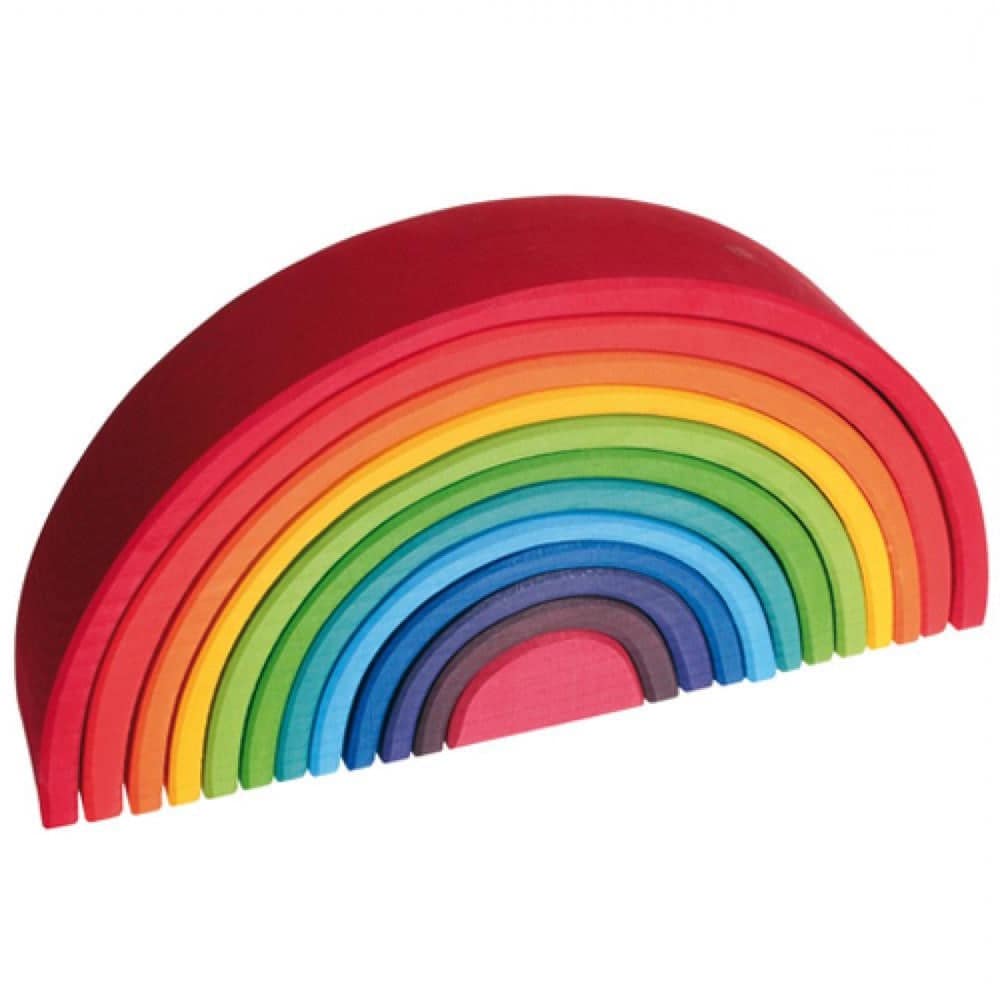
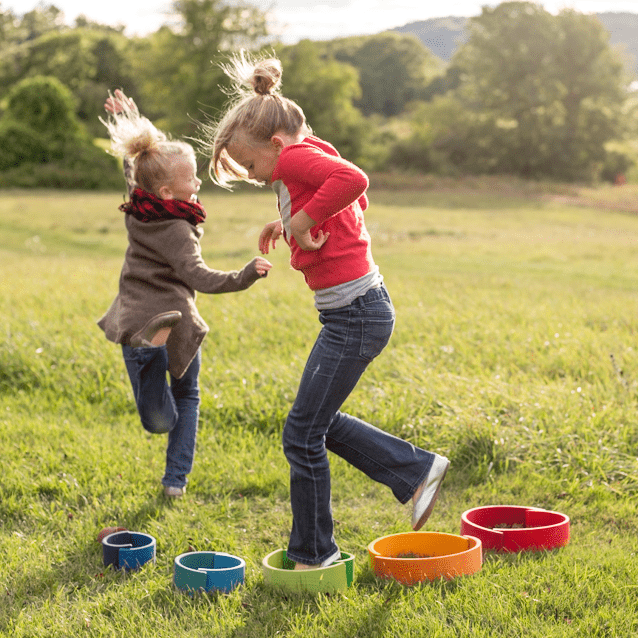
Leave a comment